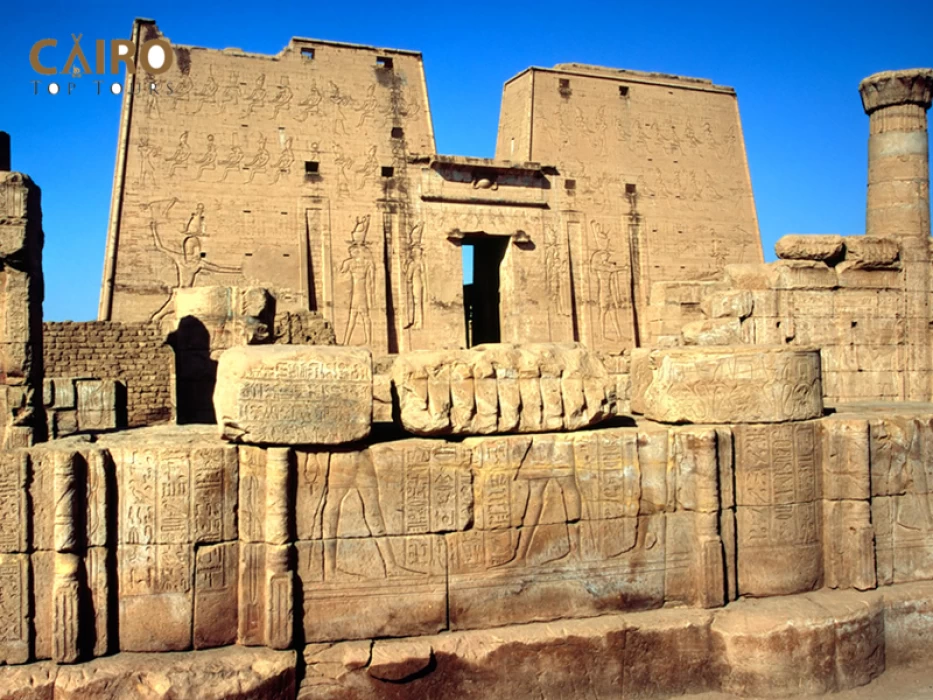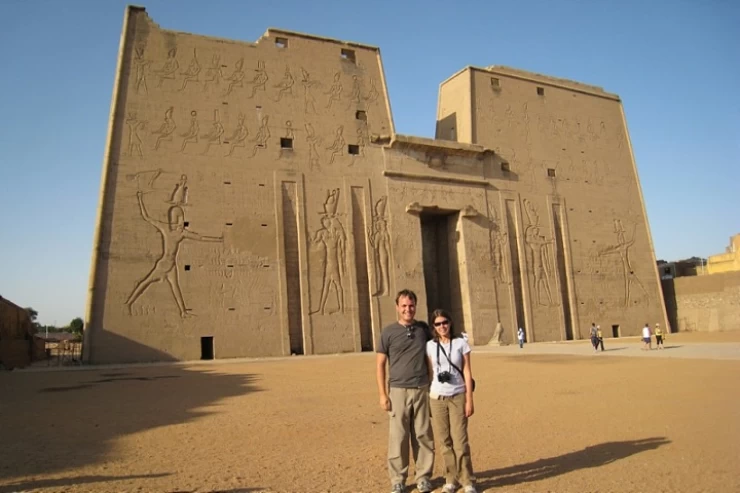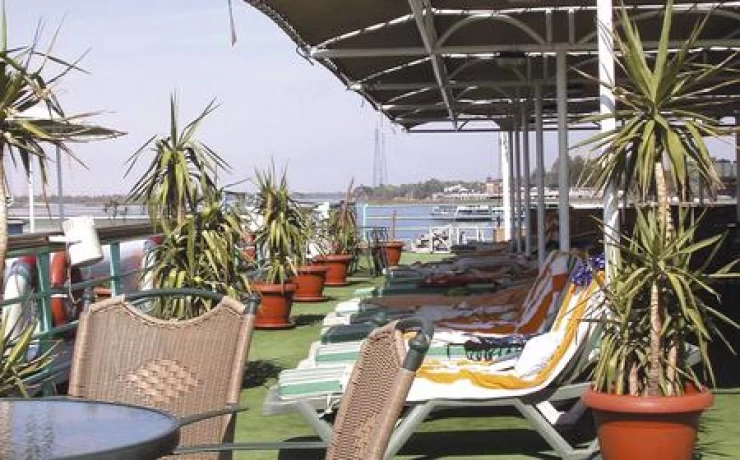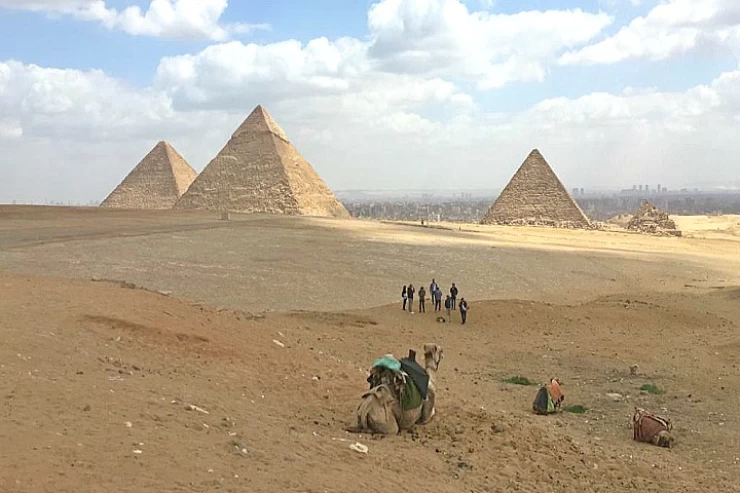
Kom Ombo Temple | Temple of Sobek and Horus
The Temple of Kom Ombo is dedicated to the deities Sobek and Horus the Elder, and is characterized by its two identical entrances, hypostyle halls, and sanctuaries. The symmetrical layout of the temple represents the mythical connection between these two gods. The history of the Kom Ombo temple emphasizes the importance that ancient Egyptian priests placed on natural cycles and Nile crocodiles. Positioned on a rocky outcrop near a bend in the Nile where crocodiles used to gather, the temple is decorated with mummified crocodiles, clay coffins, and intricate reliefs on its walls. Visitors have the opportunity to explore the temple by taking a Felucca ride or a Nile Cruise from Luxor to Aswan, or by participating in a day trip from Aswan.
The Temple of Kom Ombo is a prominent attraction for tourists on Nile Cruises in Egypt and is included in various Egypt Travel Packages, Day Tours, and Aswan excursions. Originally constructed during the Ptolemaic dynasty, the temple was later expanded during the Roman era. Travelers can easily incorporate a visit to Kom Ombo Temple into their travel plans while exploring Egypt or by choosing from our wide range of tours starting from Cairo.
The god Horus, recognized as the Falcon-Headed Deity of the Sky, holds a pivotal role in the historical importance of the temple. At present, visitors enter the temple through a lateral entrance, which was formerly a section of the main doorway within the enclosure. The original entrance pylon has been completely eroded by the waters of the Nile.
Currently, the city is home to many Nubians, who have been scattered due to the formation of Lake Nasser. The most accessible way to arrive at Kom Ombo is by traveling along the Nile River.
This temple, dating back to the post-pharaonic period, is believed to have been constructed atop the remnants of an earlier edifice. The entrance pylon was added by the Roman Emperor Augustus around 30 B.C., similar to the temples of Esna and Edfu. The internal layout closely resembles that of Esna, with two entrances leading into the hypostyle hall from the front courtyard, which has unfortunately suffered significant damage. The hall features eight capitals designed in the form of lotus flowers, adorned with depictions related to Horus and Sobek on the left and right walls respectively. Within this area, the Chapel of Hathor can be found, dedicated to Horus's consort, housing a collection of crocodile mummies. Adjacent to it is a large well and a basin utilized for the care of sacred crocodiles.
The ancient city's remains have disappeared, and the crocodiles, once abundant, are now extinct due to relentless hunting. However, the majestic temple of Kom Ombo still proudly overlooks the eternal Nile. An expert Egyptologist from Cairo Top Tours will accompany you during your visit, providing insightful information and answering any questions you may have.
The temple's structure is in the shape of a rectangle and is decorated with carvings that portray King Ptolemy VI honoring the gods Sobek and Horus. There are also images of him offering wine to the goddess Hathor and her partner, the god Sobek.
This temple is designed with a rectangular shape and is embellished with engravings depicting King Ptolemy VI showing reverence to the deities Sobek and Horus. Additionally, there are illustrations of him presenting wine to the goddess Hathor and her consort, the god Sobek.


















